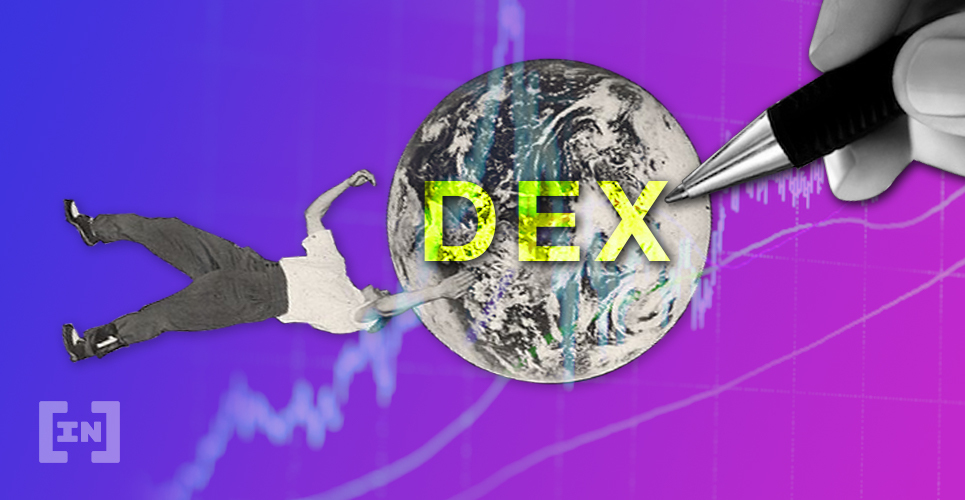2020-10-21 01:14 |
Decentralized exchanges (DEXs) have ascended to the spotlight amid the frenzy in the DeFi space. And while DEX trading volume and user numbers are on the rise, the majority of trading in the cryptocurrency space still occurs on centralized exchanges.
IDEX is looking to change the script with its latest update, dubbed IDEX 2.0. The new version is designed to address user interface issues, chief among which are front-running and failed-transactions, according to an announcement. IDEX is looking to bridge the performance gap between centralized and decentralized exchanges for users without requiring them to sacrifice something near and dear to the heart of crypto investors —control of their assets.
This just in: IDEX 2.0 is now LIVE! Sources say "woah!" https://t.co/wEBCi9Qvrj pic.twitter.com/NeJaqmxBGC
— IDEX (@idexio) October 20, 2020
Failure RatesOne key issue that plagues decentralized exchanges is failed transactions. IDEX CEO Alex Wearn explained,
“Decentralized exchanges put the users ‘closer’ to the blockchain. This means that they have to deal with some of the shortcomings of blockchains themselves. In particular, this could include things like long wait times for transaction and trade execution. The open nature also exposes users to issues like front-running and trade failures.”
In fact, for all of its popularity among DeFi investors, DEX Uniswap has some eye-popping failure rates. According to DEX TokenIon, as of early September, Uniswap suffered from trade failure rates of more than 22% at peak hours. With gas prices as high as they’ve been, this has no doubt left many traders frustrated about the DeFi experience.
And it’s not just Uniswap. The IDEX announcement states that other high-profile decentralized exchanges defer up to 10% of their transactions. IDEX’s answer is to “keep order matching and execution off-chain, guaranteeing successful trades all while keeping the user in control of their assets.”
IDEX 2.0 offers the following features for traders:
Source: IDEX DeFi vs. CeFiDecentralized exchanges are one rung in the ladder of the broader DeFi movement, one that relies on computer systems instead of a human component, the latter of which is a feature of centralized finance, or CeFi.
On-chain market analyst Willy Woo kicked off a debate on Twitter about decentralized finance vs. centralized finance, whether or not that was his intention. On Oct. 19, he posted an illustration of coin dormancy, explaining that “dormancy is a measure of old hands selling out” and adding that “old hands” were selling once again.
Dormancy is a measure of "old hands selling out". It's interesting to see old hands reliably sold tops until this present cycle.
They sold the #bitcoin bottom at $3-$4k, they are selling right now. pic.twitter.com/ElpXemBSMi
— Willy Woo (@woonomic) October 19, 2020
Some followers suggested this was more nuanced and sellers were merely moving their BTC to Ethereum for more attractive yields. Bitcoin-backed WBTC is designed to bring bitcoin’s liquidity onto Ethereum, and it’s currently ranked No. 3 on DeFi Pulse, with $1.27 billion in value currently locked in, trailing Maker and Uniswap. Not everybody is convinced that the BTC was making its way onto the Ethereum network, however.
Source: TwitterKraken’s Dan Held pointed out that CeFi lending yields surpass those of DeFi, suggesting that it’s the other way around and BTC has instead been moving to centralized finance. With the bitcoin price knocking on the door of $12K once again, there appear to be plenty of returns for both sides.
The post IDEX Launches Version 2.0 in One Small Step for DEXs appeared first on BeInCrypto.
Similar to Notcoin - Blum - Airdrops In 2024
Open Trading Network (OTN) на Currencies.ru
|
|















